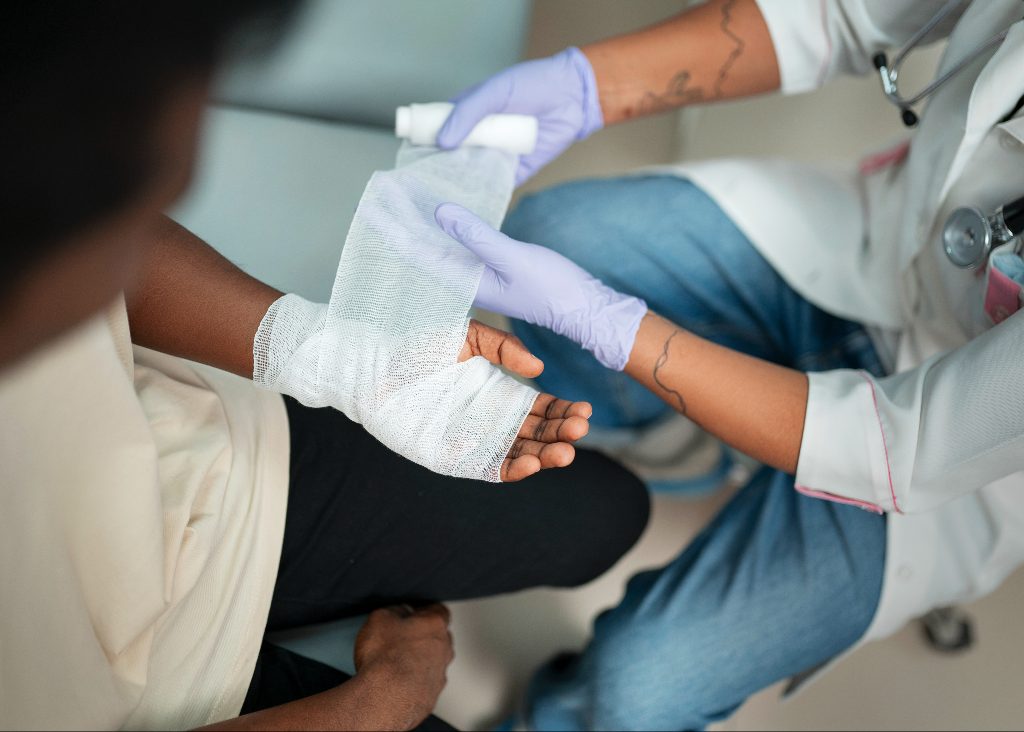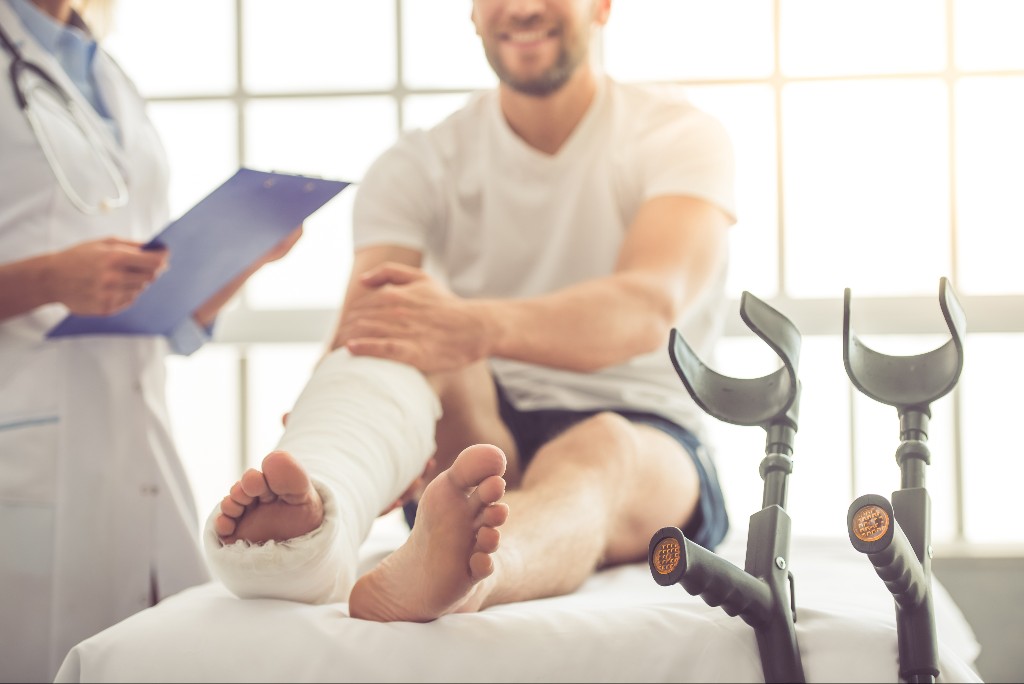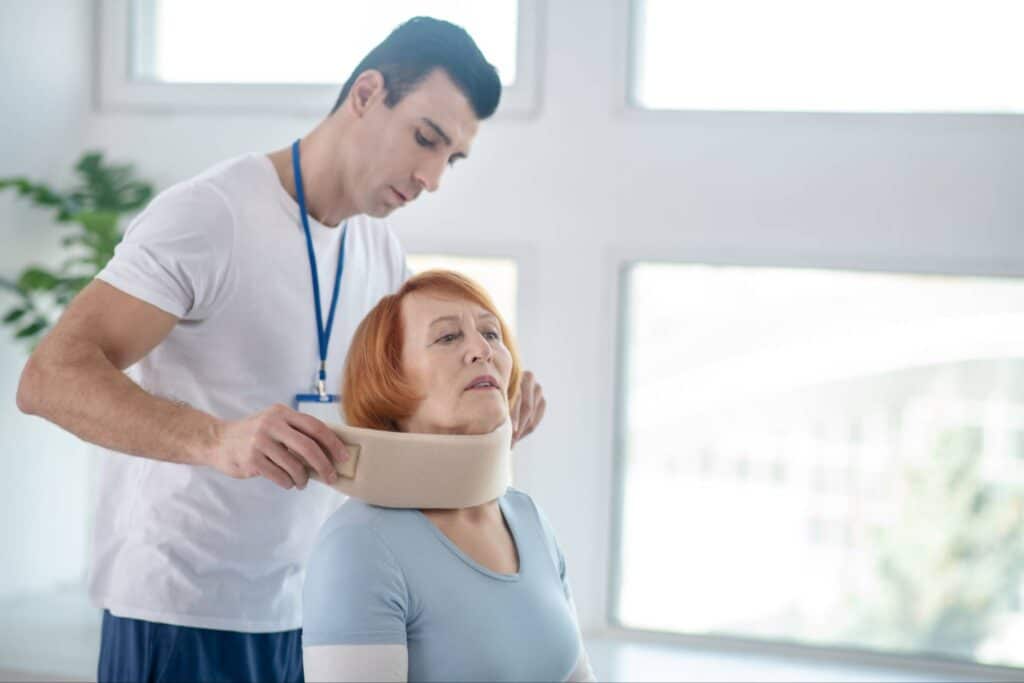Being told that you need anterior cruciate ligament (ACL) surgery is at the top of nobody’s list of best possible outcomes from a doctor’s appointment. The surgery conjures images in our minds of painful incisions, long recovery time, and potentially nasty side effects.
Thankfully, ACL surgery is far less invasive nowadays (in most cases), and the recovery time is often much shorter. You may still be wondering what sort of window you are looking at if you are facing knee surgery.
Your Atlanta orthopedic team is happy to walk with you through each step of this process and make sure that you feel comfortable and informed about the entire treatment plan.
What Is ACL Surgery?
In order to recover properly and efficiently following your procedure, it is often helpful to learn a bit about the surgery itself. Maintaining at least a basic understanding of the repair that you have undergone will help keep your perspective realistic as you heal.
You will need a balance of energy to embrace rehabilitation PT and grace to understand your limitations, at least at first! An ACL repair surgery seeks to correct a damaged portion of one of the ligaments in your knee. The surgeon will generally survey the damage and remove any parts of the ligament that are in the way and no longer healthy.
Finally, they will graft or attach the ligament to a tendon to promote the growth of healthy ligament tissue. Contrary to years past, ACL surgery is now handled as an outpatient surgery. This usually means you don’t even need to stay the night when you go to the hospital. The good news is that recovery at home almost always feels more restful than in a medical facility!
Before Your Surgery
Interestingly enough, a smooth recovery from ACL surgery often begins with the time prior to the surgical procedure. There is a process of physical therapy and exercise that can be undertaken before a single cut is made that is often referred to as “prehabilitation” or “prehab.”
A patient has the opportunity to significantly and positively impact the outcome and recovery of their knee surgery by taking these steps to prepare for their procedure. Your orthopedic doctor will either provide you with some exercises to try and practice at home, or they will refer you to a physical therapist who can help you with your “prehab.”
Taking care to prime your knee for surgery can make the transition to post-operative rehab so much simpler and less draining for the patient.
The First Month Following Surgery
The first days and weeks following your ACL surgery will be a lot of resting and careful moving to allow your knee to heal on its own. Some rehab may be prescribed in this first couple of weeks, but nothing too strenuous.
Your doctor will recommend that you only walk or attempt to get around with crutches. Your physical therapist’s main objectives in these weeks will be minimal movement to begin your PT regimen and to prevent blood clots. You may experience mild soreness as you attempt these exercises, but it should be a manageable pain level.
Other than resting your newly repaired ligament, your only other focus in the first two weeks will be effective wound/incision care. Any time you undergo a procedure that leaves you with an incision site, which can become infected if it isn’t cared for diligently. Following the instructions that your knee specialist provides will help to reduce that risk to almost nothing.
The second two weeks you spend in recovery will look slightly more like your normal life. You will begin to reduce your reliance on your crutches to get around, opting instead for a knee brace to provide stability and support as you try walking.
Your rehabilitation will ramp up as well, which will exercise your newly healing ligament and get it ready for a return to normalcy. Through this physical therapy plan, you will begin to feel your knee regain mobility and grow stronger in the process.
Month Two and Beyond
The aim for the time after the first month of your healing time will mostly be a focus on strengthening your newly healed ligaments. This practice can help you to see it function more like your healthy knee and reduce any risk of reinjury you may be facing.
The exercises your physical therapist has you attempt will become a bit more difficult and might present you with a small challenge. This is a great sign because it means you are on the right track to rebuilding the muscles you need for a supportive knee joint.
From about month 5 on, you will find that the PT helps you not only to grow stronger, but also helps to support normal coordination and flexibility that you once enjoyed prior to surgery. It is at this time that you might begin to feel like you have two equal knees that are able to perform at relatively the same level.
While undertaking this PT, you should keep your doctor apprised of any swelling or pain you experience beyond general strain from exercise. Eventually, your doctor will clear you to resume all of your normal physical activities, although it is wise to now remember to warm up joints prior to activity.
If you’re in need of ACL surgery, contact the medical professionals at AICA Orthopedics. We will help you get on the road to recovery and back to your normal, healthy self.





